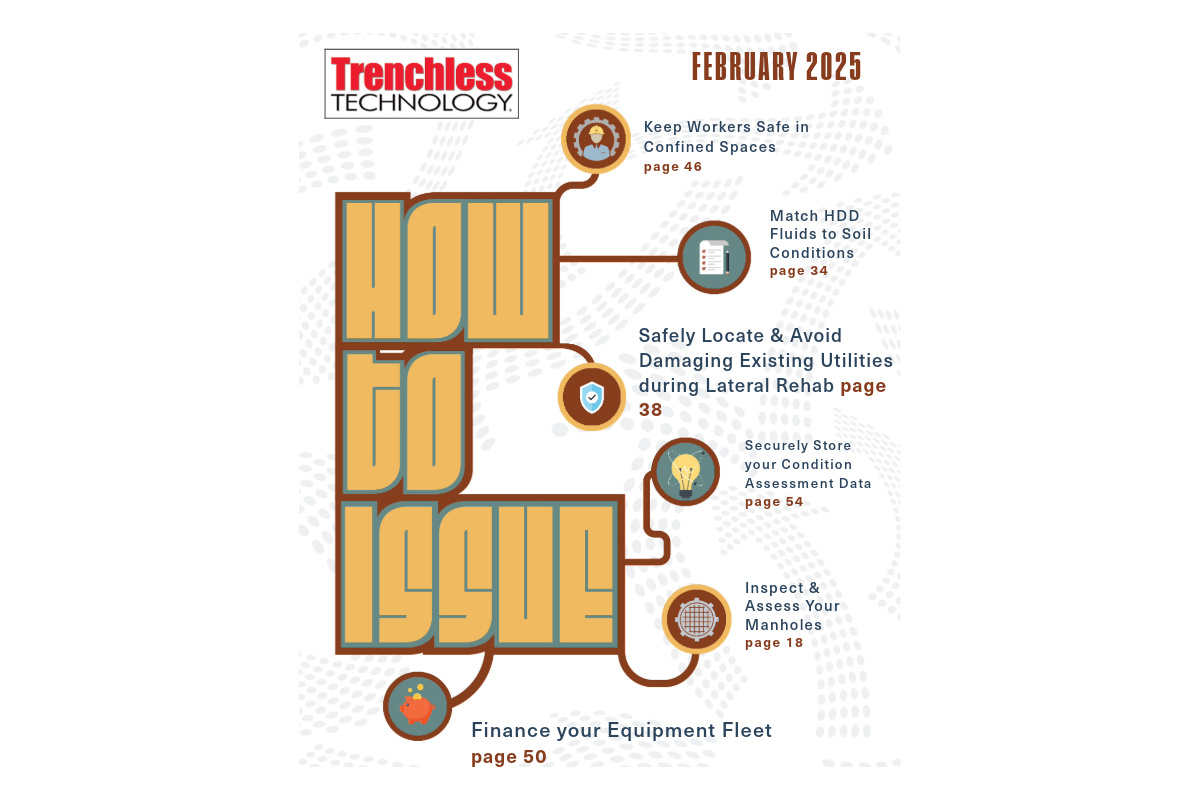Solid Solutions
Large contracting companies often call on specialist contractors to do specialized tasks on projects. For underground utility construction, many contractors depend on horizontal directional drilling (HDD) subcontractors who have the expertise and equipment to make trenchless installations of conduit, pipe and cable. The arrangement works well for both primary and specialist contractors.
With specialist contractors who have proven to be reliable and do quality work, the primary contractor can turn over segments of projects to them and use subcontractors in peak periods rather than hiring additional workers and investing in equipment. For the subcontractor, it can mean steady work.
Most of the work of HDD specialist S&R Pace Pty Ltd, Sydney, Australia, is as a subcontractor for Infrastructure Construction, Sydney, which serves the primary electrical service provider in the Sydney area. Sydney, the state capital of New South Wales, is Australia’s most populous city.
“With our agreement with Infrastructure Construction, about 90 percent of our work these days is making electrical installations,” said Simon Pace, owner of S&R Pace. “However, we also have experience in telecommunications, water and sewer construction.”
Pace said his crew uses a 30,000-lb pullback Ditch Witch Jet Trac JT3020 directional drilling unit to make installations ranging from 40 to 190 meters in areas where trenching is impossible or impractical. Using the trenchless method of HDD allows cable and conduit to be placed under streets and highways, parking lots and other paved surfaces, landscaped areas, railroad tracks, streams and rivers and environmentally-sensitive locations.
A recent project has been to replace aging buried cable with new power cable in residential neighborhoods. Directional drilling is ideal in such conditions because installations can be made under streets, drives, lawns and flower beds with minimal disturbance. In addition to replacing old cables, the upgrades provide increased service capabilities to the growing area.
The S&R Pace crew uses the drill unit to install HDPE conduit of various diameters often in bundles of about 200 mm, which are installed in 500-mm diameter pilot holes. Pace estimates that about 75 percent of the company’s drilling is in difficult rocky conditions.
“When we started in the business we had a drill unit made in Europe,” he said. “But we had difficulty with drilling through rock so we went to the Ditch Witch All Terrain model. It is performing very well and we’re very happy with it. It gets the job done. We recently had a job to do a 250 m river crossing through rock. We are very pleased with the All Terrain performance.”
Most rock encountered is sandstone, Pace said.
The JT3020’s All Terrain (AT) system allows the relatively compact machine to work through rock without the necessity to employ a mud motor and the high volumes of drilling fluid required by a mud motor to drive the cutting head.
AT technology employs a dual-drive drilling system with an inner rod to drive a rock bit. An outer pipe steers the downhole tool while drilling pilot holes and provides rotary torque for the hole opener during backreaming. The mechanical drilling system delivers maximum downhole horsepower and operates on low volumes of drilling fluid. The All Terrain system is effective for drilling through solid and broken rock, cobble and gravel and also can be used in all types of soil conditions.
In addition to 30,000 lbs of pullback, the track-mounted JT3020 AT develops
4,000 ft lbs of torque and spindle speeds to 225 rpm. Ditch Witch drill pipe and downhole tools are used for pilot holes and backreaming. To mix drilling fluids, S&R Pace uses a Ditch Witch FM50 fluid mixing system mounted on a trailer.
The Australian Bureau of Agriculture and Resource Economics estimates there will be from $30 to $35 billion AUD invested in the nation’s energy infrastructure over the next two decades to accommodate growth. The amount includes base load and peak electricity generation, distribution and transmission systems; gas pipelines and renewable plant. Electrical generation alone is expected to require $11 billion AUD of new investment.
This article was submitted by Ditch Witch, based in Perry, Okla.


